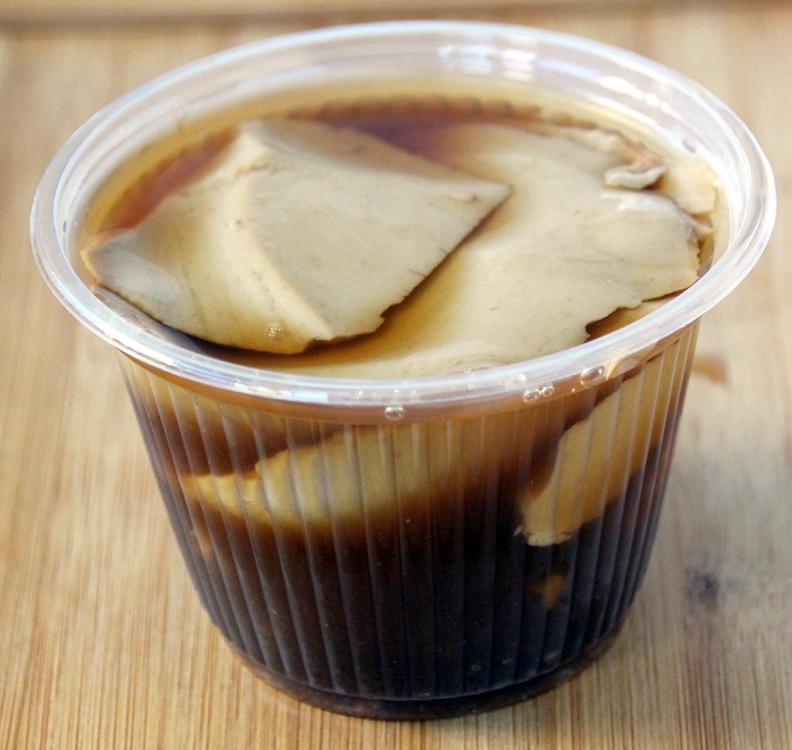46. 早饭 (zǎo fàn)
Breakfast, 早饭 (zǎo fàn), we are told, is the most important meal of the day. Maybe, but it’s also when people tend to be most conservative. When travelling in foreign parts, many of us are excited to get down with the locals over lunch and dinner. Breakfast, maybe not so much.
My breakfast instincts run to bread (toasted) and eggs. Real bacon (i.e. British or Irish). A good sausage, perhaps. Black pudding. In China, I have had to overcome my instincts. I’ve tried ersatz versions of western breakfasts with mixed results.
Chinese Soy Cured Bacon with Eggs and Mushrooms - Home Made Bread
Tourists can usually find poor imitations of western breakfasts in their hotel buffets. Your fried egg may have been cooked the night before and the bacon is sure to be limp and cold, but hey ho! It’s proper breakfast. The toast will be cake and the butter rock hard. The coffee will be straight from Mr Nestlé’s jar.
In the meantime, Chinese guests will be enjoying something very different. So, the question is what? What do the Guangxi people eat for breakfast if it isn’t bacon and eggs?
The most popular round here is probably 油条 (yóu tiáo) with 豆奶 (dòu nǎi). 油条 (yóu tiáo), dough sticks are a simple batter formed into long batons and deep fried in very hot oil. It is served warm, often cut into pieces with scissors. The accompanying 豆奶 (dòu nǎi) is soy bean milk, served warm. Very popular with the locals. I don’t mind the sticks of dough, but you can keep the milk.
Youtiao (Doughstick) and Dounai (Soy Milk)
The dough sticks are also sometimes served with 粥 (zhōu), aka 稀饭 (xī fàn). This is grain porridge – most often rice porridge. You probably know it as congee, a word from Tamil. At its most basic, it is 白粥 (bái zhōu) which is simply plain rice cooked down to porridge consistency in water. Some people like this, but most pep their porridge up with additional items: minced lean pork, chicken, seafood, century eggs, green vegetables, pumpkin, etc.
Century Egg and Minced Pork Rice Porridge
Black rice may be used or the grains could be millet or mung beans (not technically a grain, I know). Other grains and combinations of grains are possible. See here.
Also, popular are 包子 (bāo zi) or steamed stuffed buns. This is as near to bread as you are likely to get. Unstuffed buns, called 馒头 (mán tou) are also popular, if slightly less so. Over the years I’ve become quite partial to 包子 (bāo zi) for breakfast, especially 肉包 (ròu bāo), which are stuffed with minced pork. There is a list of varieties in this post.
Baozi
Mantou
In addition, 小笼包 (xiǎo lóng bāo) are popular. Xiaolongbao literally means ‘small basket buns’ and consist of tiny bite sized baozi, usually pork but also sometimes crab. They often get confused or conflated with Shanghai’s soup dumplings, but they are more accurately known as 汤包 (tāng bāo).
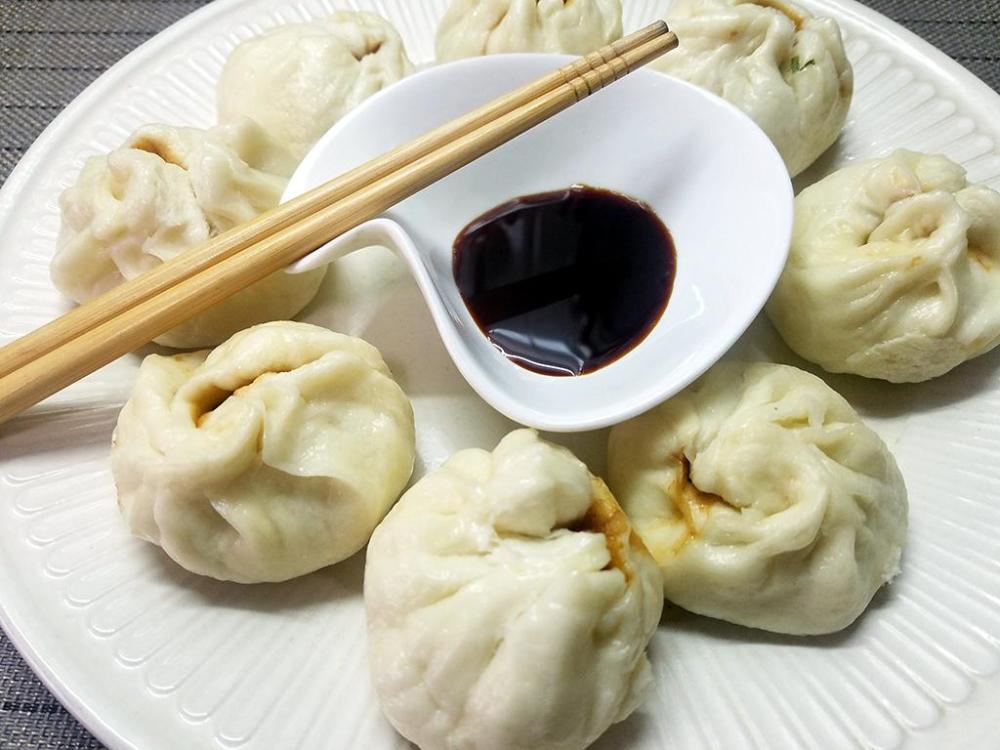 Xiaolongbao
Xiaolongbao
Dumplings, either 饺子 (jiǎo zi) or wontons, 馄饨 (hún tun) or 云吞 (yún tūn) are also eaten for breakfast, the former steamed or boiled, and both often in soups. Wonton noodle soup is findable, but not huge here.
Wontons in Soup
Noodles in soup though, are very popular. Liuzhou people will eat 螺蛳粉 (luó sī fěn) for breakfast, but more often go for less powerfully flavoured noodles such as 桂林米粉 (guì lín mǐ fěn) etc.
Fresh Pork Noodles for Breakfast
In ethnic minority and tourist areas such as Guilin city, you are going to be offered oil tea, 油茶 (yóu chá) for breakfast. Go for it!
Oil Tea - Guilin
Other breakfast items include 豆花 (dòu huā, literally 'bean flower' or 'tofu flower'), a very soft, jellified form of tofu served as a desert. It comes in a white form, often with a ginger based sauce or with a black sesame sauce. This is one for the sweet toothed.
Tofu Flower Desert
The famous 煎饼 (jiān bǐng) pancakes from northern China, particularly Beijing are not that common here. People seem to prefer 葱花饼 (cōng huā bǐng), scallion pancakes.
葱花饼 (cōng huā bǐng), scallion pancakes
Most of these breakfast dishes are sold by an army of street vendors who turn up at dawn and hang around until after 9 am selling to people on their way to work. Most restaurants tend not to open until around 10 am, although you will be able to find your rice porridge or noodle fix.
Breakfast Sales - Liuzhou
Porridge Lady - Liuzhou
I can’t go without mentioning the king of breakfasts. Being in an area heavily influenced by Cantonese cuisine, of course we have 饮茶 (yǐn chá) or ‘morning tea’ establishments. I guess many thought I was going to say Dim Sum, but the name of the meal is 饮茶 (yǐn chá) in Mandarin; or 飲茶, in the traditional characters used in Hong Kong. It is Yum Cha in Cantonese and means ‘drink tea’. Dim sum (点心 / 點心 (diǎn xin in Mandarin)) is the food eaten as a Yum Cha meal.
These places open as early as 5 am and by noon it’s usually all over. They get very busy (mostly with elderly people) and are incredibly noisy. If it’s your thing, you will get your fill of har gow, siu mai, lo bak go, cheong fun and many other dishes to help your tea go down. There is a good introduction to dim sum here. Personally, I find the experience over-rated, but you may well disagree. If you are travelling on to Hong Kong, I’d wait till you get there.


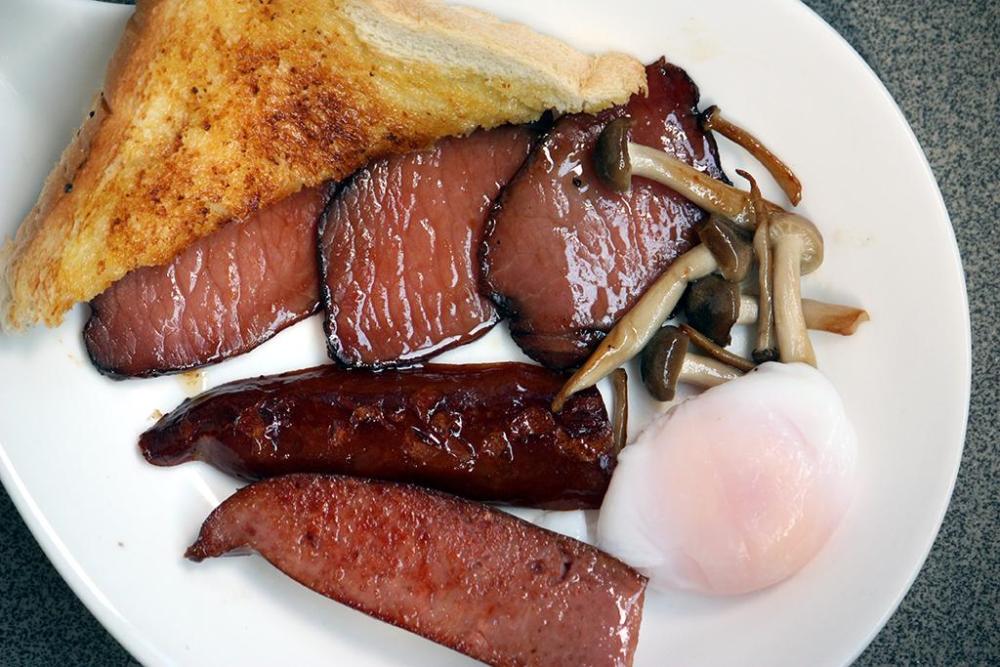
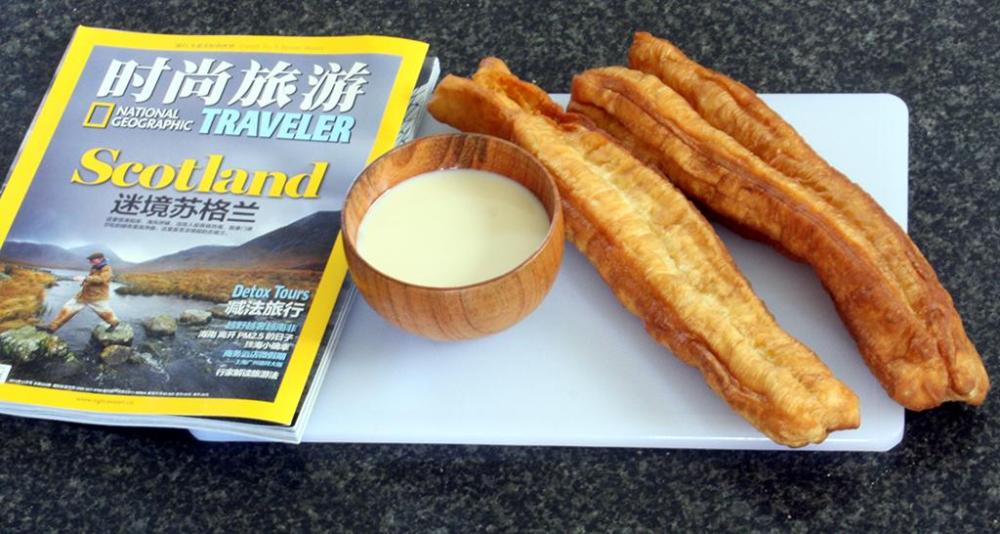
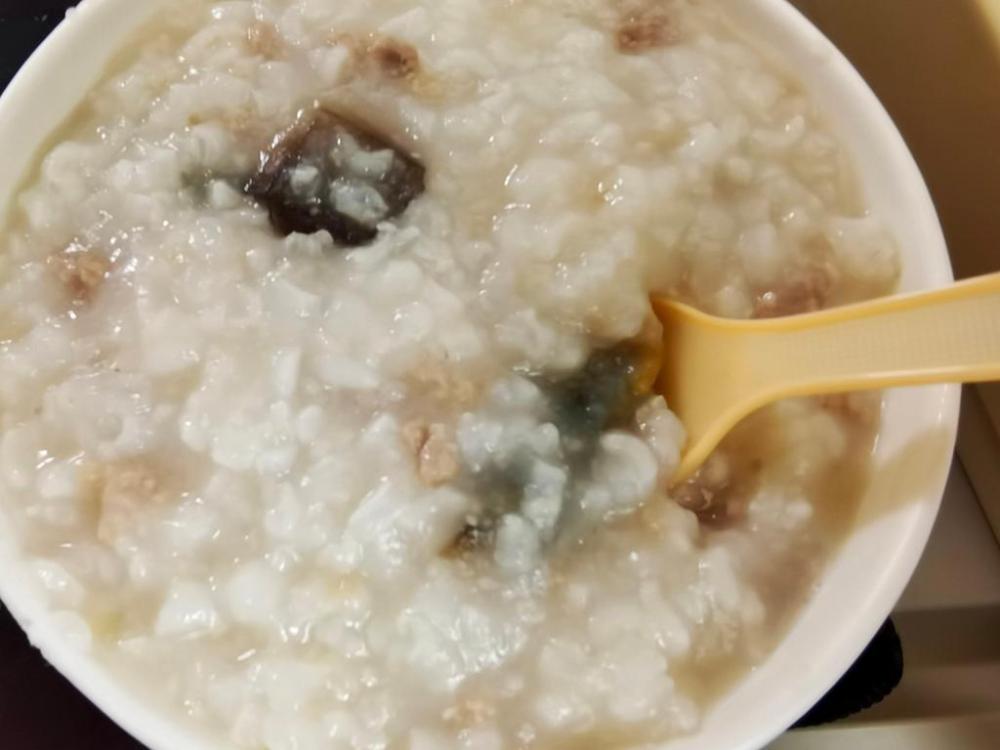
.thumb.jpg.583271adfaefc23b57fea5987cea20d2.jpg)
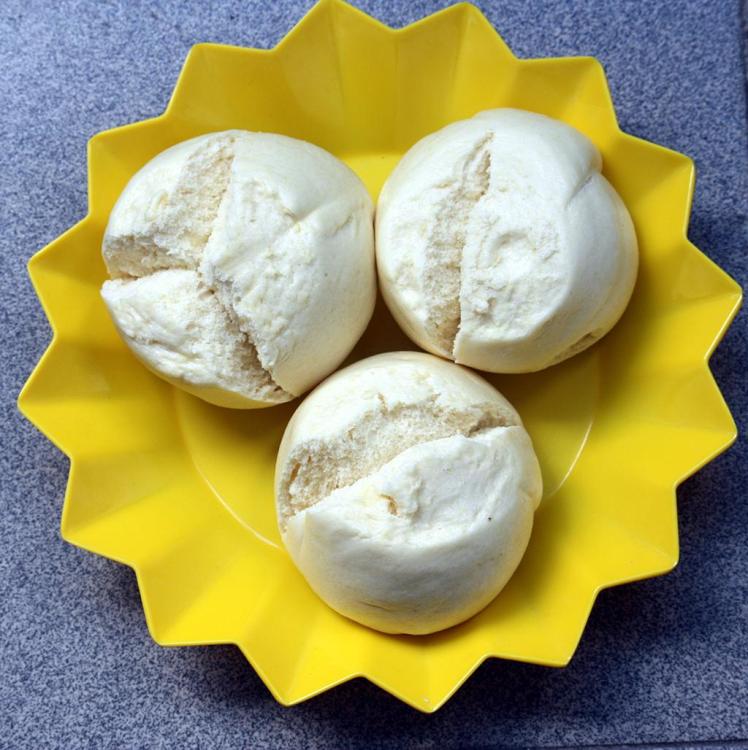

.thumb.jpg.e2054078dae70eeed19643e262fdbd5c.jpg)
